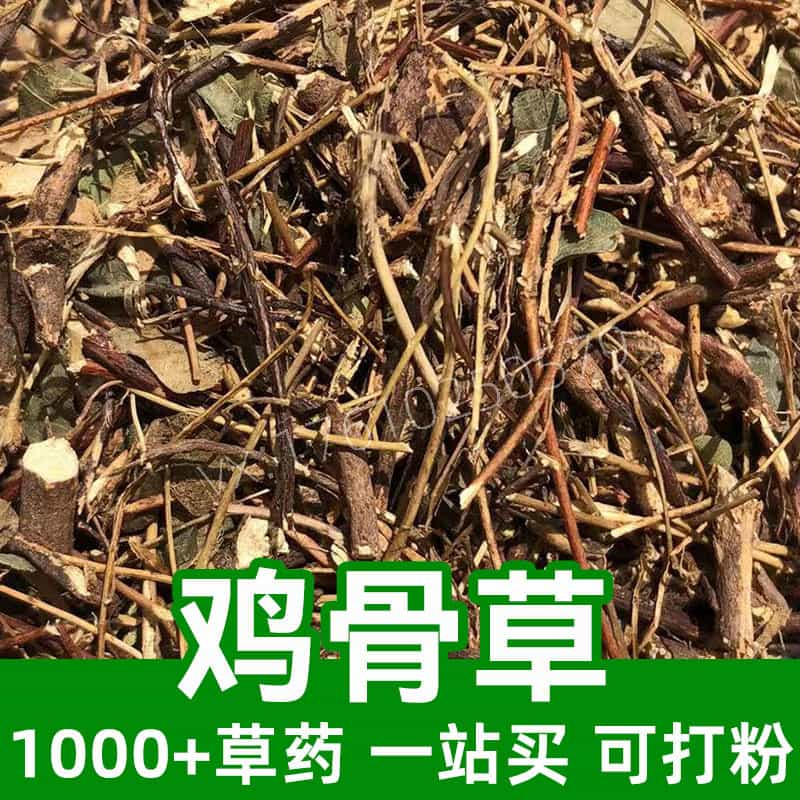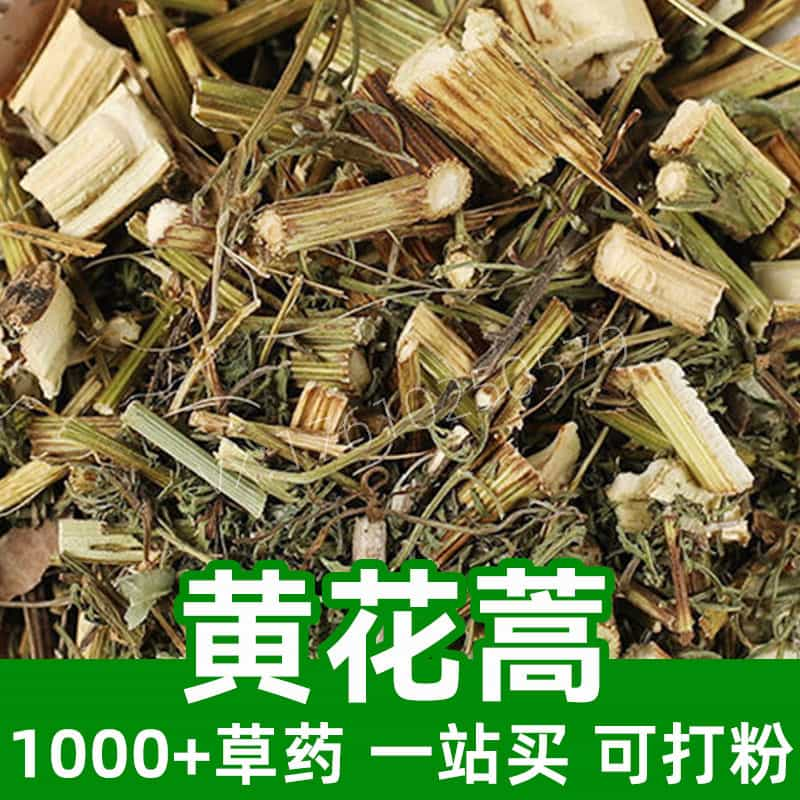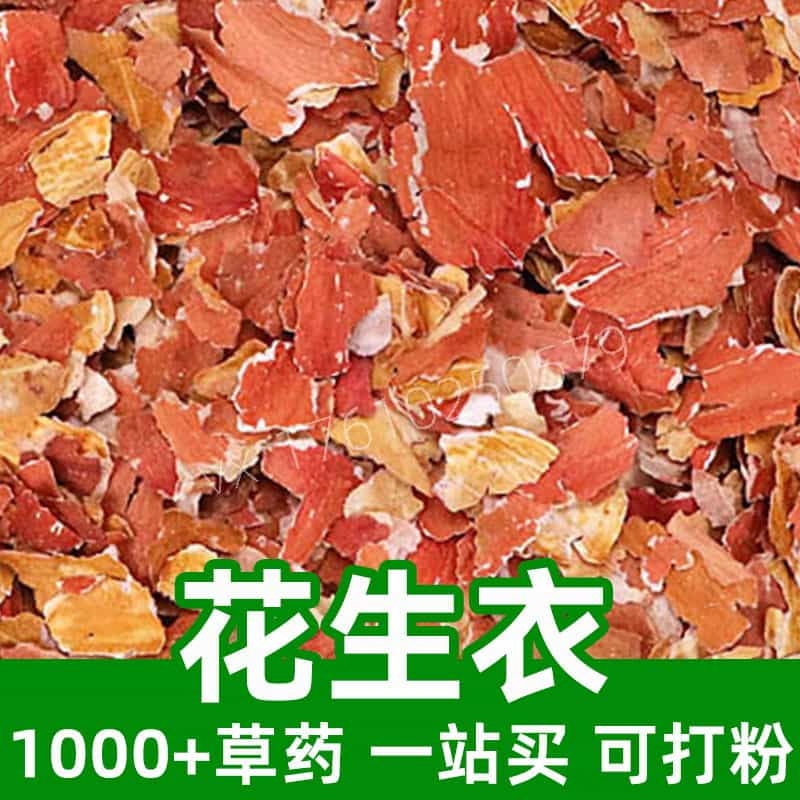Product Introduction
Mudizi, also known as mulberry fruit or Sang Shen, is the ripe fruit of the Morus alba tree, a species widely cultivated across China and other parts of Asia. With its dark purple to black color, Mudizi is not only celebrated for its delectable sweetness but also for its extensive nutritional profile. Rich in vitamins, minerals, and antioxidants, Mudizi has been a staple in traditional Chinese medicine (TCM) for centuries. Its primary uses revolve around nourishing the Liver and Kidney, promoting blood health, and supporting overall vitality. In TCM, Mudizi is valued particularly for its ability to tonify the blood and promote new blood cell production, making it an essential herb for individuals seeking enhanced well-being. Beyond its medicinal uses, Mudizi also finds its place in the culinary world, frequently incorporated into soups, teas, and desserts, which exemplify the harmonious balance of flavor and health in traditional Chinese cuisine.
Main Active Ingredients
Mudizi is replete with a variety of active components that contribute to its status as a nourishing and healthful fruit. The primary active ingredients include flavonoids, phenolic acids, polysaccharides, vitamins, and minerals.
Flavonoids
Among the key constituents of Mudizi, flavonoids such as quercetin and kaempferol present potent antioxidant properties. These compounds have been documented for their ability to neutralize free radicals, reduce cellular oxidative stress, and support cardiovascular health.
Phenolic Acids
Mudizi contains significant amounts of phenolic acids, which are known for their anti-inflammatory and antimicrobial effects. They play a pivotal role in protecting the body from environmental stressors and may assist in overall cellular function.
Polysaccharides
The polysaccharide content in Mudizi, primarily composed of soluble dietary fiber, contributes to digestive health and aids in regulating blood sugar levels. This aspect makes it particularly appealing for maintaining metabolic balance.
Vitamins and Minerals
Additionally, Mudizi is enriched with vitamin C and iron, which bolster the immune system and support hemoglobin production in the body, respectively. This combination of nutrients enhances its application in TCM as a blood tonic.
In summary, the multifaceted composition of Mudizi—rich with flavonoids, phenolic acids, polysaccharides, vitamins, and minerals—underlines its revered role in both traditional medicinal practices and modern dietary applications.
Product Application Scenarios, Usage, and Dosage
In traditional Chinese medicine, Mudizi is primarily utilized for its blood-nourishing properties, making it particularly beneficial for individuals experiencing fatigue, pallor, or other symptoms associated with blood deficiency. The recommended dosage can vary, but typically, a range of 10 to 30 grams of dried Mudizi fruit is suggested for use in herbal decoctions or teas.
Culinary Uses
In addition to its medicinal applications, Mudizi can be creatively used in the culinary sector. It serves as a flavorful addition to a variety of dishes such as soups, desserts, and beverages. For instance, it can be soaked in water to create a sweet infusion or boiled in congee to enhance the dish's nutritional value. Furthermore, Mudizi can be dried and consumed as a snack or utilized in baked goods.
Brewed Form
When incorporated in teas, the dried fruits can be steeped in hot water, allowing their nutrients to infuse into the beverage. This method not only maximizes the extraction of beneficial compounds but also provides a delightful drinking experience.
Safety Considerations
While Mudizi is considered safe for most people, it’s advisable for individuals on anticoagulant medications or pregnant women to consult with a healthcare practitioner before incorporating it extensively into their diets.
Overall, whether taken in herbal formulations or as part of a nutritious recipe, Mudizi offers versatility in application, making it a valuable addition to both traditional medicines and contemporary culinary innovations.
Introduction to the Source Plant, Distribution, and Growth Environment
Mudizi is derived from the Morus alba, commonly known as the white mulberry tree, which is well-regarded for its significance both in agriculture and traditional medicine. This deciduous tree thrives in diverse climatic conditions and is widely cultivated across Asia, particularly in regions such as China, India, and Japan.
Growth Habitat
The white mulberry tree requires a temperate climate for optimal growth, typically flourishing in areas with well-drained soil rich in organic matter. The tree can tolerate drought but prefers relatively moist conditions, making it adaptable to various environments from valley plains to higher altitudes.
Distribution
Due to its agricultural importance, the Morus alba tree has been introduced to other regions, including parts of Europe and North America. It is commonly grown for both its fruit and as forage for silkworms, highlighting its dual economic and ecological significance.
Cultivation
Cultivating Mudizi involves careful management of the trees to maximize fruit production. This includes monitoring soil health, proper watering routines, and pest management strategies to ensure high-quality fruit yield. The fruit typically ripens between late summer and early fall, and the harvesting period is crucial for obtaining the best flavor and nutritional content.
Ecological Importance
Beyond its uses for human consumption, the Morus alba tree also plays a role in local ecosystems by providing habitat and food for various bird species and insects. Its leaves serve as a chief food source for silkworms, which are integral to the silk production industry, reinforcing the tree's importance in both ecological and economic terms.
In conclusion, the source plant of Mudizi is a resilient and multipurpose tree that contributes significantly to agriculture and traditional medicine, underlining the fruit’s esteemed position in herbal and culinary applications.
Harvesting, Processing, and Storage
The harvesting of Mudizi involves a careful approach to ensure that the fruits are gathered at the peak of ripeness for optimal flavor and nutritional value. Harvesting typically occurs during the late summer to early fall when the berries turn a rich, dark purple or black.
Harvesting Techniques
Farmers commonly use hand-picking methods to collect Mudizi, minimizing damage to the delicate fruit. It is essential to handle the berries with care to prevent bruising and to ensure that only the ripe fruits are selected.
Processing
Once harvested, the fruits are often cleaned to remove any dirt or debris. They can be consumed fresh or processed for preservation. Common processing methods include drying, which extends the shelf life and concentrates the flavor. Sun drying or dehydrating are popular techniques, whereby the fruits are spread out in a thin layer to allow moisture to escape while retaining their nutrients.
Storage Conditions
Proper storage of dried Mudizi is crucial for maintaining its quality. It is best stored in airtight containers in a cool, dark place to protect against moisture and light, which can degrade the fruit over time. Under optimal storage conditions, dried Mudizi can last for up to a year while retaining its flavor and nutritional benefits.
Utilization in Herbal Formulations
In traditional Chinese medicine, processed Mudizi is often incorporated into herbal formulas, which may require further preparation, such as decocting with other herbs. This versatility allows practitioners to customize treatments according to individual health needs.
In summary, the meticulous process of harvesting, processing, and storing Mudizi ensures that this precious fruit is preserved effectively, maintaining the integrity of its flavors and medicinal properties for culinary and therapeutic uses alike.
Monica Sun is a seasoned expert in the natural raw materials industry, with over a decade of experience specializing in traditional Chinese medicinal herbs, spices, and fungi. She is skilled in the sourcing, processing, and application of these materials, emphasizing sustainability and innovation. Monica Sun has contributed to the development of high-quality natural raw materials that serve as essential components in functional foods, pharmaceuticals, and cosmetics, delivering tailored solutions to meet diverse market needs.














